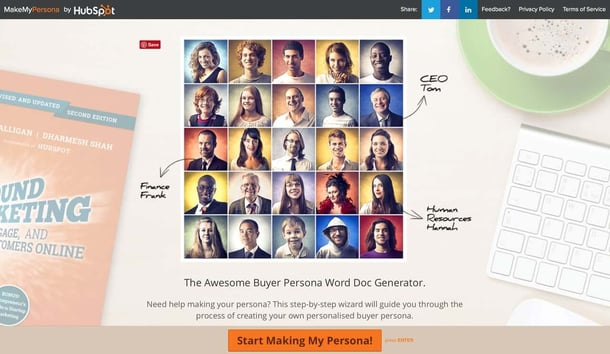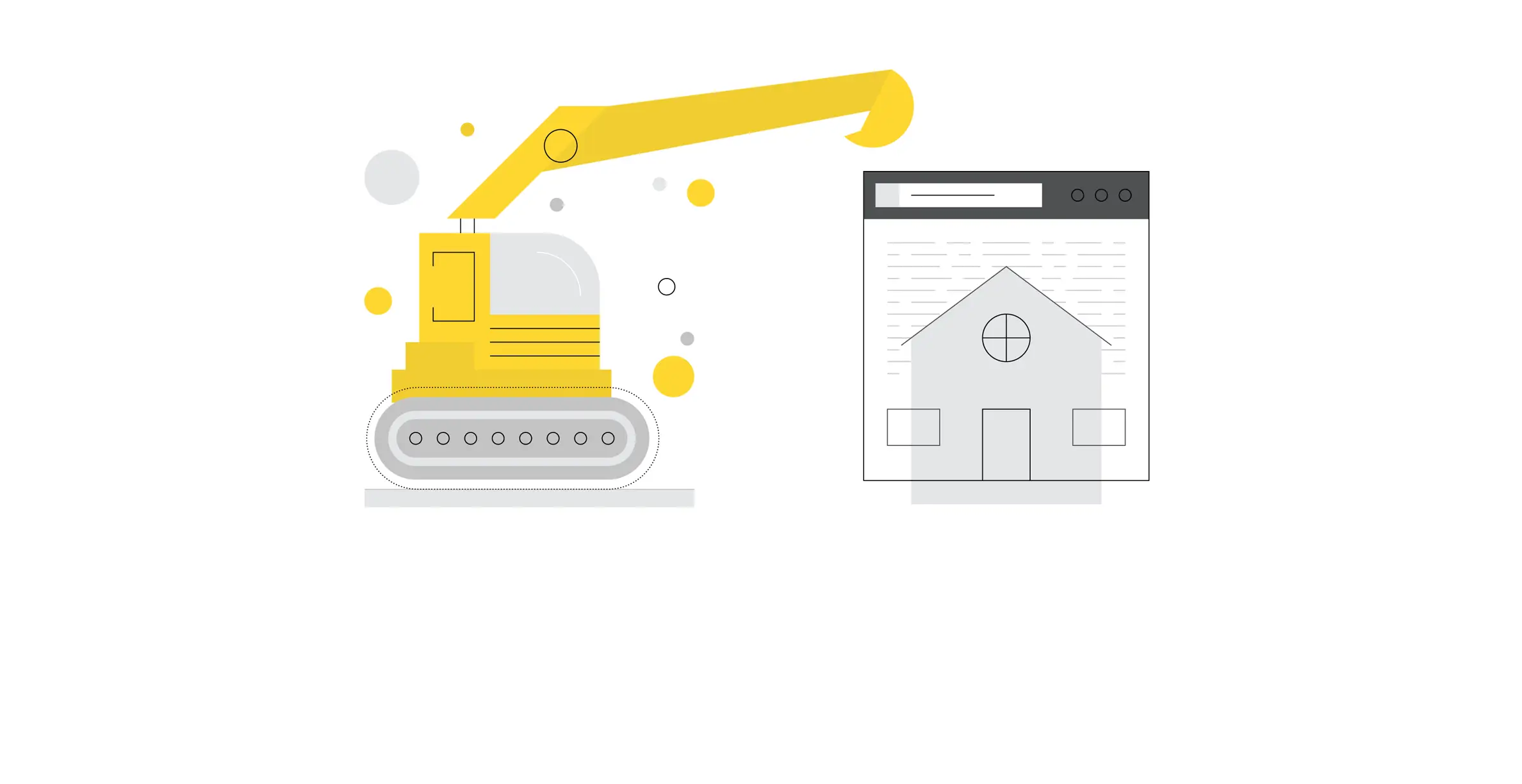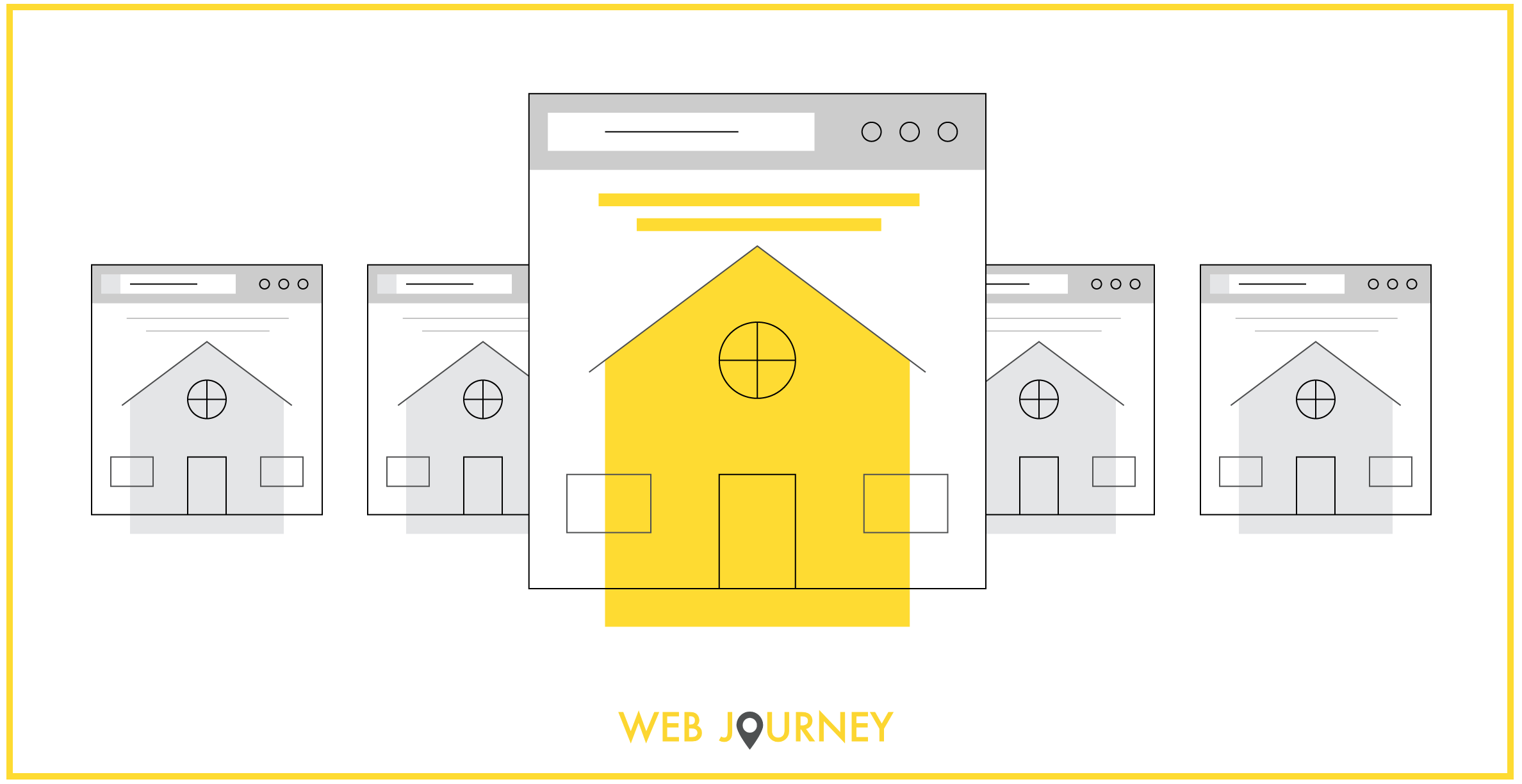Everyone who has website for their business faces the same challenge of generating traffic. But too many companies cast too wide of a net and don’t get the results they need from their marketing. You can generate tons of traffic but it’s of no use unless it gets you qualified leads and has an impact on your bottom line.
The most important question you should ask yourself is if the traffic you are generating is the traffic that you need to grow your business? Are your visitors converting into leads and are these leads converting into customers?
Here are some ways you can attract qualified traffic to your website that will result in new leads and customers…
STEP 1 - Buyer Personas
The most important piece of advice I can give any business when reviewing or planning their marketing is to identify and document their buyer personas (or ideal customers). If you don’t know who these are then you won’t know who to target your marketing to and you won’t reach your goals.
Buyer personas cover:
- Common behavior patterns
- Shared pain points (professional, personal)
- Universal goals, wishes, dreams
- General demographic & biographic information
Try to make a list of your personas, do some research and answer the following for each ...
Personal Background:
- Age
- Family (single, married, children)
- Education
Company
- What industry does their company work in?
- What is the size of their company?
- Whats their annual revenue?
Role
- What is their job title and what does their role encompass?
- How is their performance/success measured?
- What is a typical day like - what tasks do they complete?
- What skills are required to do their job?
- What knowledge and tools do they use to complete important tasks?
- Who do they report to? Who reports to them? How many?
Goals
- What are their main responsibilities?
- What does it mean to be successful in their role? How do they define success?
Challenges
- What are their biggest challenges and pain points?
- How do they overcome these challenges today?
Hangouts
- How do they learn about new information for their job?
- What publications do they regularly read?
- What blogs do they follow?
- What associations do they belong to?
- What social networks are they active on?
Shopping Preferences
- How to they prefer to interact with vendors (email, phone, in person?)
- Do they use the internet to research vendors or products?
- How do they search for information?
- What types of websites do they use?
Check out HubSpot's free tool MakeMyPersona.com

STEP 2 - Keywords Driven By Personas
Keywords are how strangers end up on your website. Once you have defined your buyer personas, keyword planning is the next critical step. Keywords are essential for attracting the right visitors to your website so you need to define keywords around your buyer personas as they are the visitors you are trying to attract.
Look at your personas - take their challenges and pain points for example and make a list of long tail keywords which they might use to search for help on these problems. Then decide what keywords you have the best chance of ranking for. Look at things like:
- Monthly search volume
- Difficulty ranking - Look for 20 or under
Once you've pulled together a list of keywords that have a good chance of ranking, you can start mapping out your content strategy. Assign keywords to your website pages, campaigns, blogs, content offers etc. If you don’t have any marketing software use a spreadsheet to map out your plan.
STEP 3 - Blogging
Blogging is the best way to attract qualified leads to your website. Its a proven strategy used in inbound and digital marketing methodologies. According to Hubspot, businesses that blog generate 67% more leads than those who don’t.
Blogging has 2 key benefits
- By publishing relevant content it attracts qualified visitors and leads. Relevant content answers visitors questions, provides useful information on solutions to their challenges etc.
- Search engines view individual blog posts as website pages. The more high quality blog posts you write using the keywords you have researched, the better your chances are to rank for those keywords. As a result your website will show up on higher on search engine results and get found by more potential customers. Just remember that high quality is key - don't just churn out content for the sake of it. A new visitor won't revisit your blog if quality is below par.
So blog as much as possible around your chosen keywords and offers. But only target one keyword per blog. Provide remarkable, timely and helpful content for your personas and you will increase your qualified visitors and help leads through the buyers journey to a purchase. Tip: Use our free marketing campaign checklist if you need help structuring your campaigns.
STEP 4 - Social Media
When you have planned your content creation you need to put a distribution plan in place. Social Media is key for content distribution. Use your personas to identify what social media channels to distribute on and when the best times are to post.
If you have existing social media accounts review your profile, service listings, branding, images etc to make sure they are professional and get your message across.
Social Media is a great sharing environment - if your content is high quality other people will share it which will help extend your reach. Similarly, share other peoples content too if its high quality and relevant. Make sure you monitor certain keywords on social media to help you find and share related expert posts.
Use relevant hashtags in your posts to attract readers but research your hashtags before you use them to achieve the best reach. RiteTag and Hashtagify are just 2 of the tools you can use for this.
When you are up and running keep monitoring social media performance and take action on insights.
STEP 5 - Monitor Relevant Keywords and Respond
Monitor your keywords on social media and other channels. Help people asking questions relevant to your core product or service offering if you can. Provide links to blogs or pages on your website if they address their needs. This is a great way to get qualified traffic back to your website. Use tools like Google Alerts and Hubspot Social monitoring if you have it.
To wrap up here are some of the key actions you need to take to attract ideal clients to your website...
- Create Buyer Personas
- Create Keywords based on your personas
- Create blogs and other content around your keywords
- Distribute on Social Media and be helpful to others
- Monitor relevant keywords on Social Media
We’d love to hear what's working or not working for you. Have you seen any significant changes in traffic as a result of a particular strategy? Is there a specific challenge you have tried to overcome but are still struggling with?
If you need more detailed tips on Lead Generation why not download our 31 Lead Generation tips eBook below and try a couple of our tips at a time. Be sure to contact us if you have any questions.




